At the annual six-leggers’ council meeting T’was the Lepidopterans’ general feeling; It was high time that humans treated insects With due respect, and not as pests. So, a wriggle of caterpillars met under the moon, Crooning as they spun their comfy cocoons. “We’ll show those humans our value – come eclosion day; We’ll impress them so much, they’ll celebrate Moth day!”
Did you know that silk comes from the cocoon of a moth? Moths are beautiful winged insects belonging to the order Lepidoptera. Unlike butterflies – which are actually a sub-group of moths that fly during the day – most moths fly during the late evening, night, or in the wee hours of morning. They also provide important "ecosystem services" including flower pollination, and are important harbingers of climate change. Scientists estimate that there may be 150, 000 to 500, 000 moth species in the world, making them one of the most diverse and successful organisms on Earth.
Moth week is an international event celebrated in the last week of July to create public awareness about moths. This year, on 1st October, a team of researchers at the National Centre for Biological Sciences (NCBS), Bangalore, decided to introduce moths to the local public through “Moth Day”. The event was held at the Southern Laboratory Complex colonnade in NCBS, and featured live displays of moths in their different life stages, videos, posters, artwork and some beautiful experimental setups to demonstrate certain amazing moth-facts.
Did you know that some moths have amazing eyesight? They can even see colours in starlight! Did you know that moth antennae are fantastically sensitive to smells? Did you know that moths are masters of camouflage? Did you know that moths can escape from bats by distracting them with the tails on their wings? Moths can even jam echolocation signals! These were some of the marvellous questions and titbits of information about moths explained by a group of enthusiastic students and researchers manning the various exhibits.
Visits by local schools – The Serra International School, Aditi Mallya School and Buddhi School – created a flurry of activity as children crowded around the displays. “It’s really heartening to see scientists explaining things like how insect eyes work to little children”, said Shefali Shenoy, a science mentor from Buddhi School, while keeping a watchful eye on a group of students bombarding a research student with questions. “We really liked the concept of the small displays”, said Priya Barua, a teacher. “The scientific facts are boiled down to the basics and presented to the school students in bits that fascinate them”, she added.
The live displays of moth life stages were the main crowd-pullers. Every group of students passing this display area would emit a chorus of “wows” and muted shrieks, as the braver children handled some of the specimens. “Through these exhibits, we want to encourage young students to explore their own backyards”, said Sanjay Sane. “Questions won’t be taxed, so just ask them!” he adds with a grin.
India has no up-to-date comprehensive surveys of its extant moth species. Through this event, Prof. Sane hopes to raise interest in moths to recruit future citizen scientists for help with the task of moth surveys. Citizen science programs such as MigrantWatch in India and National Moth Week across the world, offer everyone, everywhere a unique opportunity to become citizen scientists. With the success enjoyed by “Moth Day” celebrations, a citizen science program for moth surveys may hopefully materialise soon!


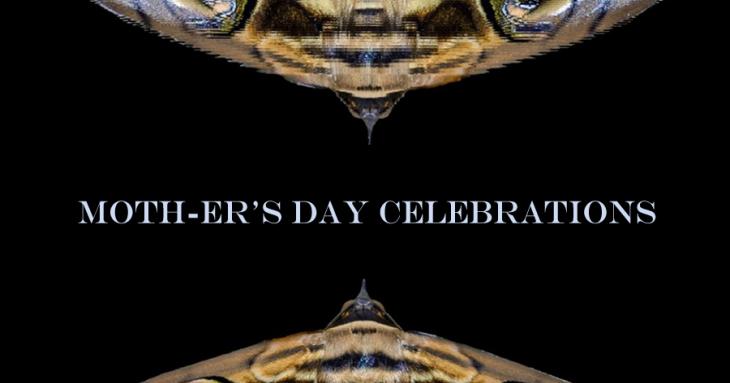
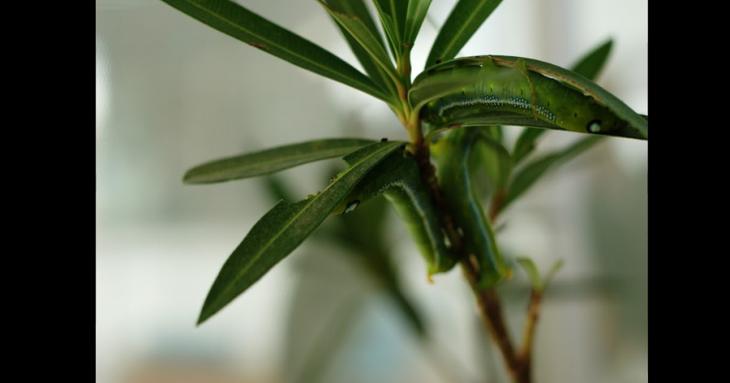
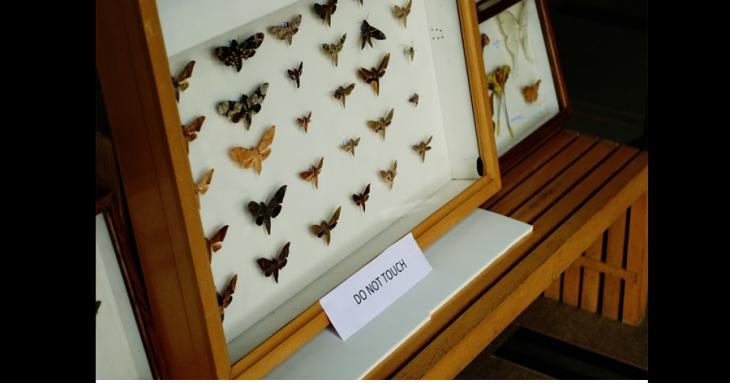
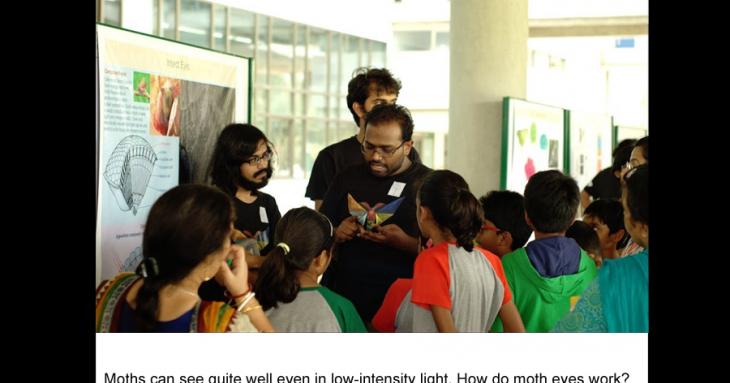




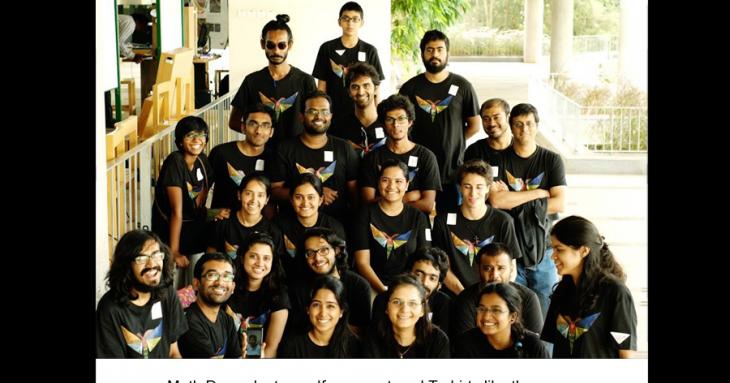







0 Comments